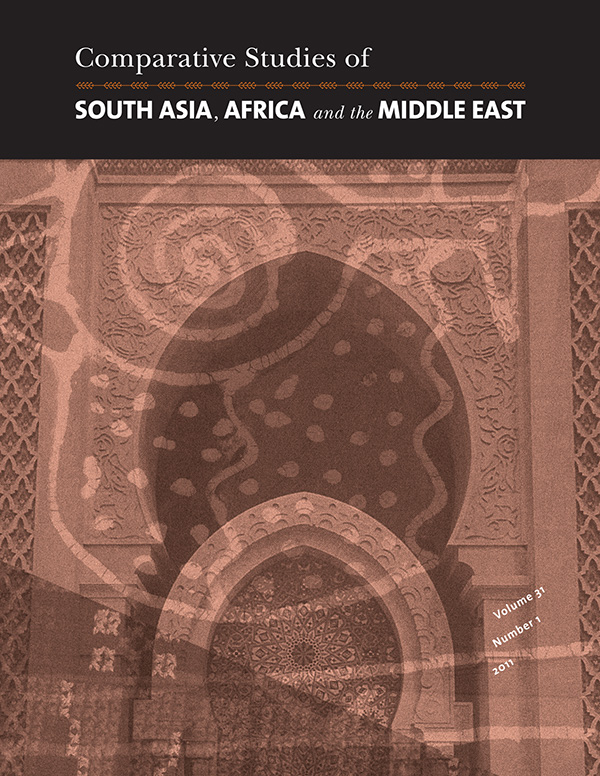Article Abstract
History writing is a powerful tool in the construction of collective memory. Typically in postcolonial states, history is linked to a national project. Methods and tropes of national history writing aim to create or reinforce a sense of shared identity rooted in past experience. Particular historical actors are valorized and emphasized, as they become protagonists of the national narrative. Often the outlines of the present-day state are anachronistically projected backward as part of attempts to construct a modern national identity. Lebanon's contested history offers a window—or indeed a laboratory—for considering the uses of history in addressing issues of subnational identity. Alongside attempts to construct a national Lebanese narrative rooted in the politics and history of the country's Christian and Druze mountain communities, there exists a counternarrative of the major coastal cities and their predominantly Sunni Muslim populations. Shifting the geographic focus this way means that some of the same tropes and methods used to construct putative national histories can be applied to develop subnational sectarian narratives. This article studies the 1980s-era output of a prolific Sunni Muslim historian of Ottoman Beirut, Hassan Hallak. Hallak's construction of history is interesting by virtue of his close links to Beirut's Sunni communal power structure. His books, published during a period of crisis and trauma in Beirut's and Lebanon's modern experience, paint Beirut in essentialist terms as a timeless Arab and Muslim space. Ottoman-era materials provide the documentary and material evidence to support this interpretation or claim. The present article explores and analyzes Hallak's invocation of the Ottoman past to support a confessionally partisan vision of Beirut's present.
Publication Type
- Article



